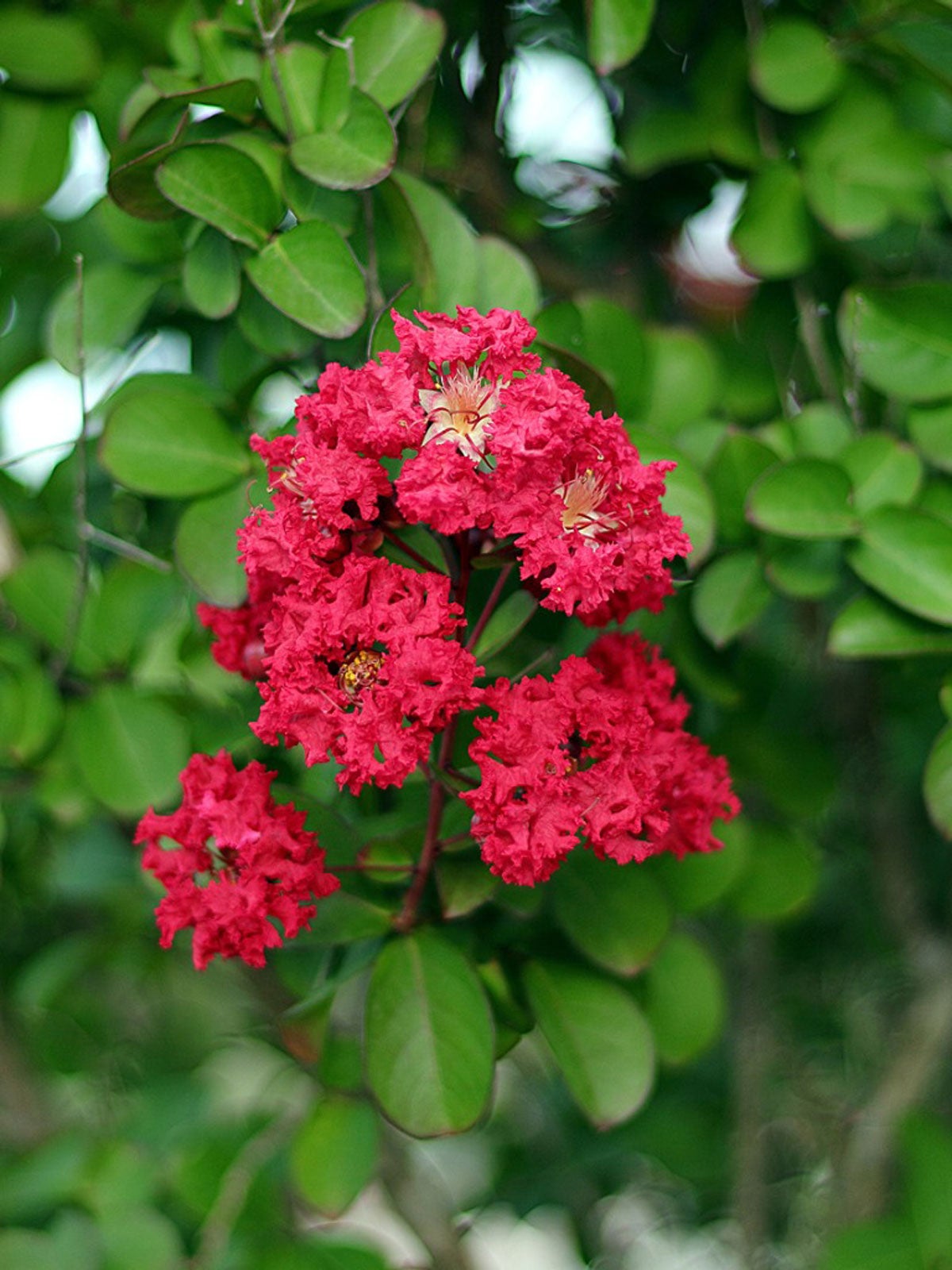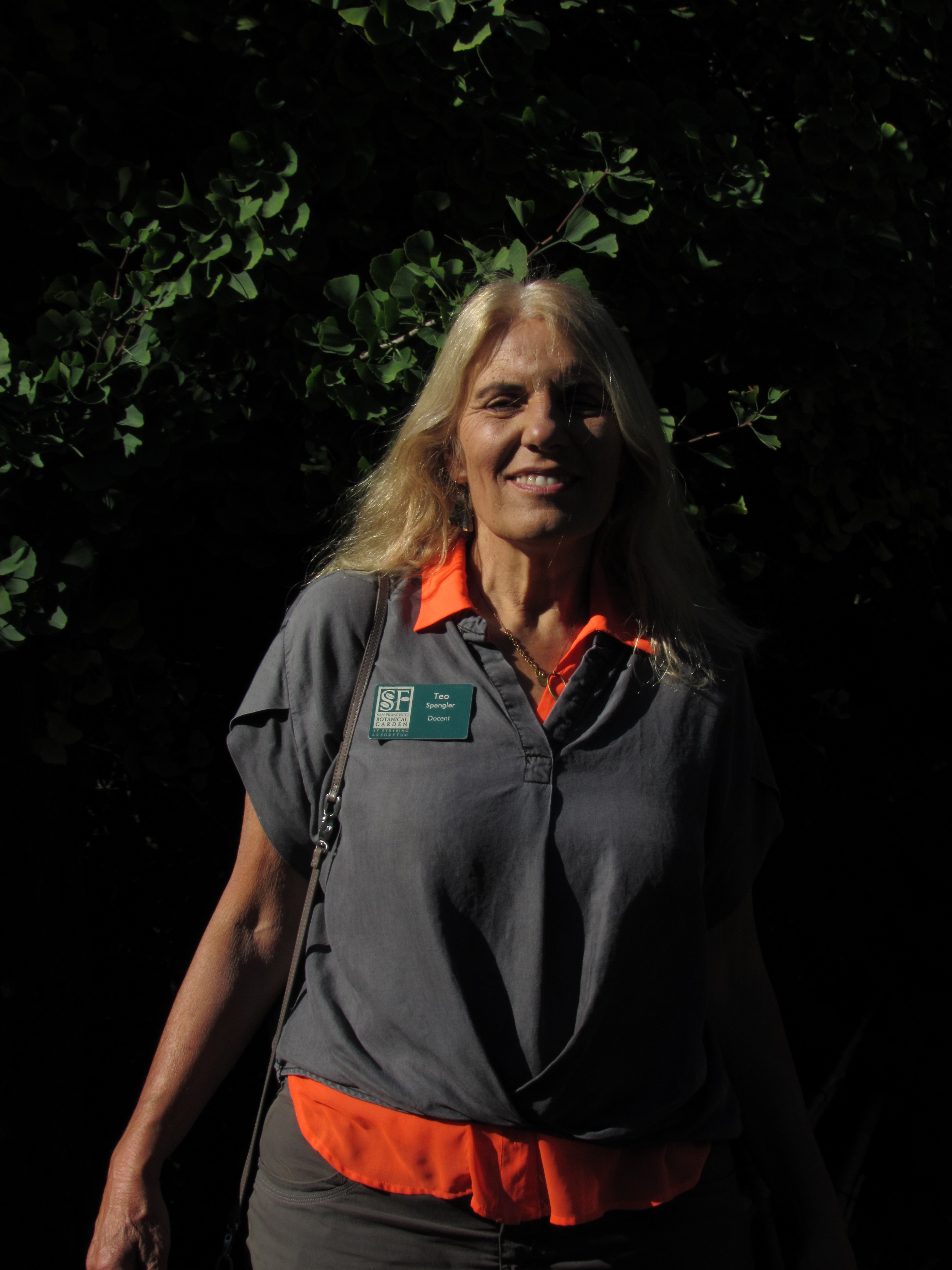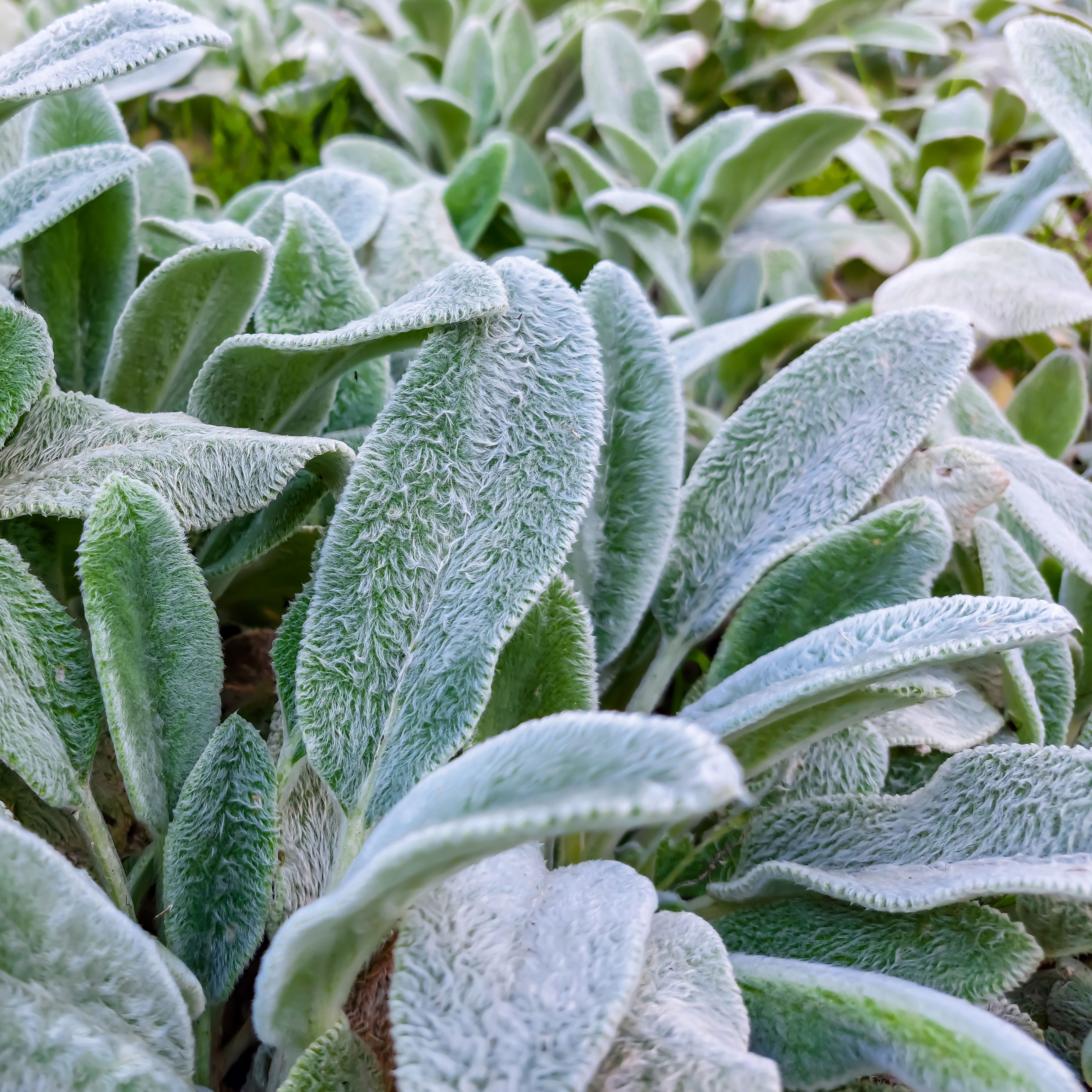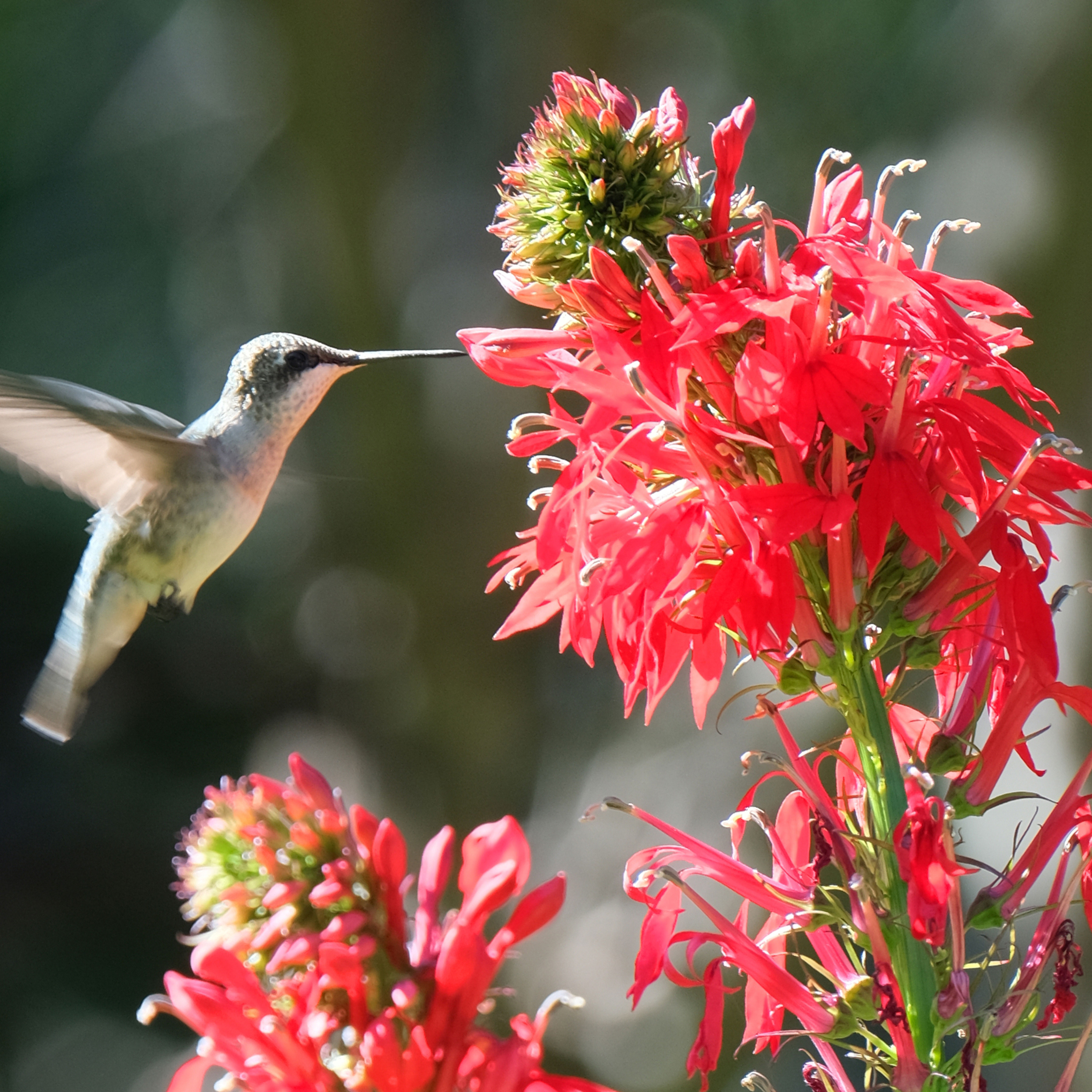Crepe Myrtle Fertilizer Needs: How To Fertilize Crepe Myrtle Trees


Crepe myrtle (Lagerstroemia indica) is a useful flowering shrub or small tree for warm climates. Given proper care, these plants offer abundant and colorful summer blossoms with few pest or disease issues. Fertilizing crepe myrtle is an integral part of its care.
If you want to know how and when to fertilize this plant, read on for tips on feeding crepe myrtles.
Crepe Myrtle Fertilizer Needs
With very little maintenance, crepe myrtles will provide brilliant color for many years. You will need to start by siting them in sunny spots in well-cultivated soil and then fertilizing crepe myrtle shrubs appropriately.
Crepe myrtle fertilizer needs depend on a large part on the soil you plant them in. Consider getting a soil analysis before you start. Generally, feeding crepe myrtles will make your plants look better.
How to Fertilize Crepe Myrtle
You’ll want to start feeding with a general-purpose, well-balanced garden fertilizer. Use 8-8-8, 10-10-10, 12-4-8, or 16-4-8 fertilizer. A granular product works well for crepe myrtle.
Take care not to overfertilize. Too much food for crepe myrtles makes them grow more foliage and fewer flowers. It’s better to use too little than too much.
When to Fertilizer Crepe Myrtle
When you are planting young shrubs or trees, place granular fertilizer along the perimeter of the planting hole.
Gardening tips, videos, info and more delivered right to your inbox!
Sign up for the Gardening Know How newsletter today and receive a free copy of our e-book "How to Grow Delicious Tomatoes".
Assuming the plants are transferred from one-gallon (4 L.) containers, use one teaspoon (5 mL.) of fertilizer per plant. Use proportionately less for smaller plants. Repeat this monthly from spring to late summer, watering in well or applying just after a rain.
For established plants, simply broadcast the granular fertilizer in spring before new growth begins. Some gardeners repeat this in autumn. Use one pound of 8-8-8 or 10-10-10 fertilizer per 100 sq. ft. (9.5 sq. m.). If you use 12-4-8 or 16-4-8 fertilizer, cut that amount in half. The square footage in the root area is determined by the branch spread of the shrubs.

Teo Spengler is a master gardener and a docent at the San Francisco Botanical Garden, where she hosts public tours. She has studied horticulture and written about nature, trees, plants, and gardening for more than two decades. Her extended family includes some 30 houseplants and hundreds of outdoor plants, including 250 trees, which are her main passion. Spengler currently splits her life between San Francisco and the French Basque Country, though she was raised in Alaska, giving her experience of gardening in a range of climates.
-
 Looking For Plants To Give You The Soft And Fuzzies? Try These 5 Fuzzy Leaf Plant Options
Looking For Plants To Give You The Soft And Fuzzies? Try These 5 Fuzzy Leaf Plant OptionsLovers of texture, drama, silver foliage and tactile plants will adore these special sensory garden additions. These fuzzy leaf plant options will leave you all aglow
By Susan Albert
-
 Get Ready For A Summer Of Hummers! Grow These Full Sun Hummingbird Plants and Flowers
Get Ready For A Summer Of Hummers! Grow These Full Sun Hummingbird Plants and FlowersIf you’re lucky enough to enjoy a sunny backyard, make sure you are maxing out on your pollinator opportunities and grow these full sun hummingbird plants and flowers
By Tonya Barnett